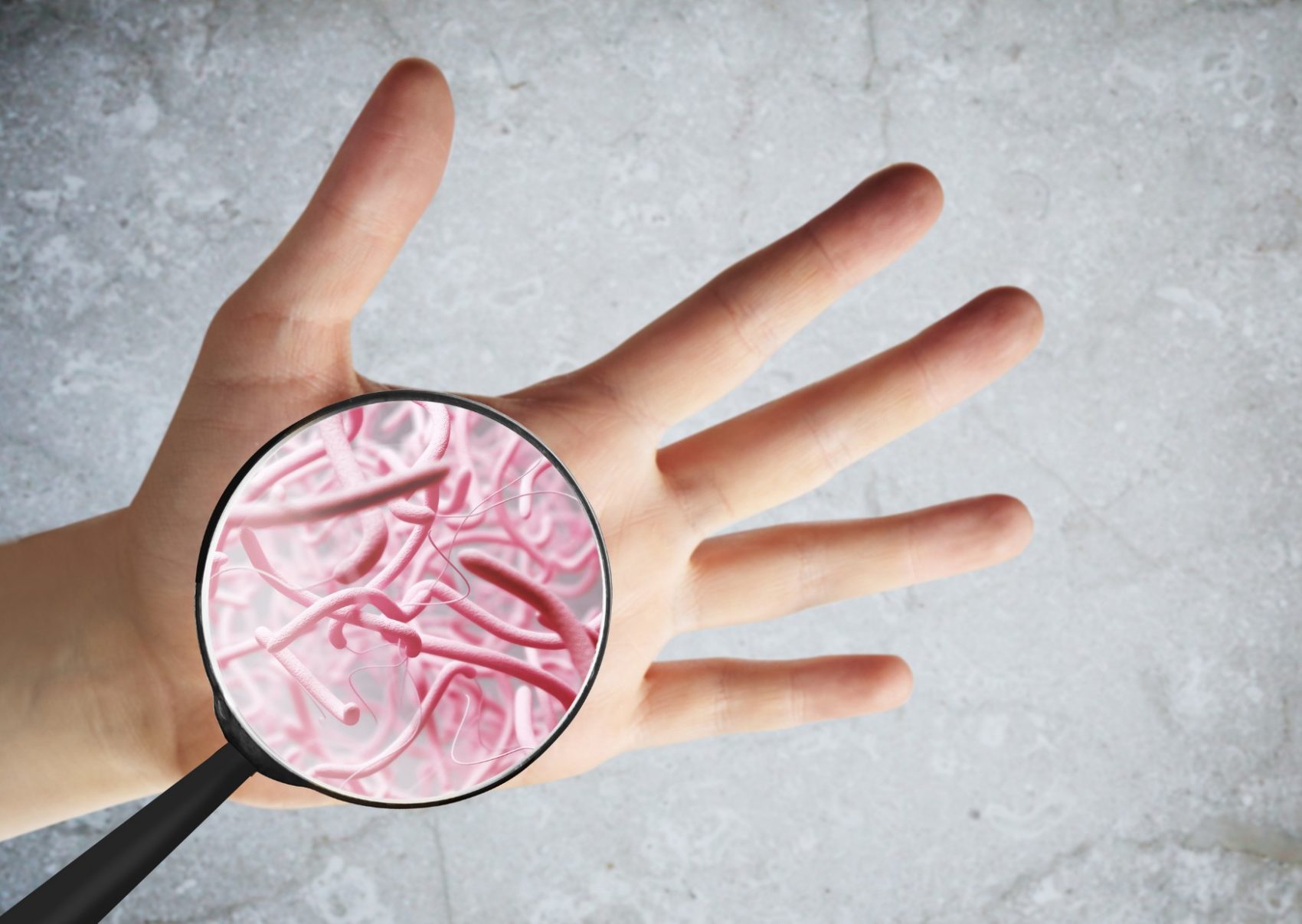
Office Cleaning Advice
Kitchen cupboards and door handles
There are many hiding spots for germs in the workplace, this isn’t necessarily because the cleaners miss them although this can sometimes be the case. For example, kitchen cupboard door handles are a prime example of areas cleaners can miss. It’s really common for cleaners to wipe the outer cupboard doors and surfaces but when was the last time they cleaned the sides of the doors, the back of the door handles and inside the cupboards? You can check this quite easily by just touching them. There’s a significant difference in feel to the touch; it’s a little bit more sticky and you may feel lumps and bumps of residue. It’s not necessarily that they always get missed, however, if they feel sticky then they have likely been missed.
Cleaning Flow
It’s really important to have a cleaning flow to avoid cross-contamination and an unnecessary build up of residue. Did you know that the average person’s hands probably carry at least 3000 different bacteria belonging to more than 100 species? Why is that relevant you ask? Because whenever a cleaner enters a new area they should wash their hands but if a cleaner wipes the front of the kitchen cupboards and door handles before putting away clean items from the draining board, this could cause contamination from the germs on the doors and handles transferring to the clean cups and plates if their hands aren’t washed in between. If the cleaner washes their hands then puts away clean items before cleaning the doors and handles there is less risk of spreading germs as their hands have already been sanitised before touching the already clean items. Once the clean items are put away they can then proceed to clean and sanitise the doors and handles, reducing the risk of cross-contamination.
Cleaning flow is really easy to establish through the usage of checklists and through simple and effective training and education of team members on why we do things in certain ways. This is especially important at the moment during the COVID-19 pandemic. This means that nothing gets missed or contaminated and once they’ve wiped a surface there’s no reason to go back and touch them again.
Chairs
The same goes for chairs in meeting rooms, waiting areas and under desks. A lot of cleaners will brush them down and vacuum around them but do they wipe the arms? The arms of the chairs are the one area that gets touched the most and is easily missed. This once again comes down to training. The cleaning staff should have clear expectations of their role and a good understanding of the method statements on how to clean a chair, making sure to include brushing and vacuuming of the seat, dusting the back of the chair and cleaning/sanitising the arms.
Pens
Another, less obvious area for germs to hide is in your pens. Now it’s unreasonable to ask you cleaner to wipe down your pens as most offices have hundreds of them but there are things you can do to help reduce the risk of spreading germs. You can bring your own pens to work with you. Don’t share pens, just like you wouldn’t share a phone. Or you can use an antibacterial wipe or spray to wipe them down before use.
These are just a few of the areas germs like to hide in your workplace and a few tips to avoid cross-contamination. If you would like to speak to a professional cleaning contractor that does this for a living and knows what they’re doing then get in touch with us.

It’s simple to get a quote. Just choose a time and a day that suit you, and we’ll meet you at your premises to discuss your exact requirements. After that, our straightforward, flat-rate pricing structure means we’ll be able to give you a definitive cost quickly.